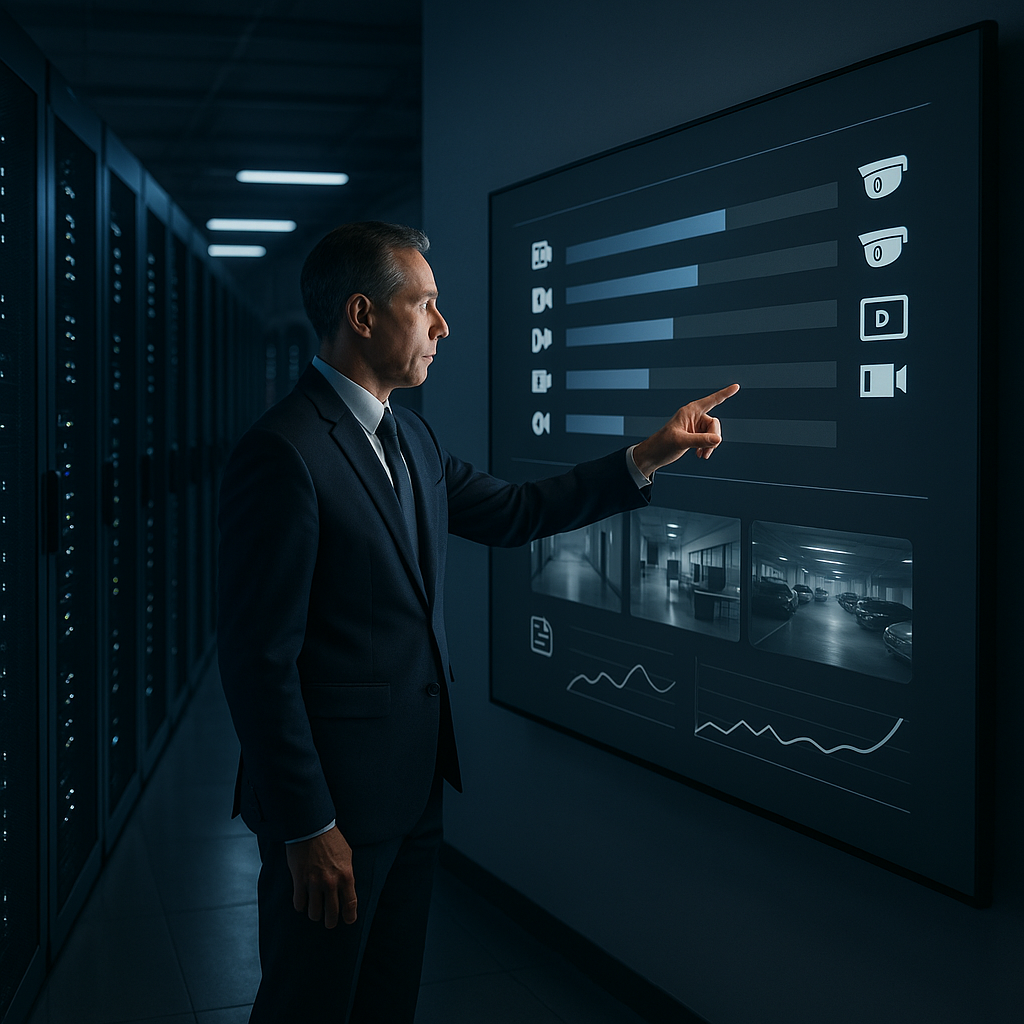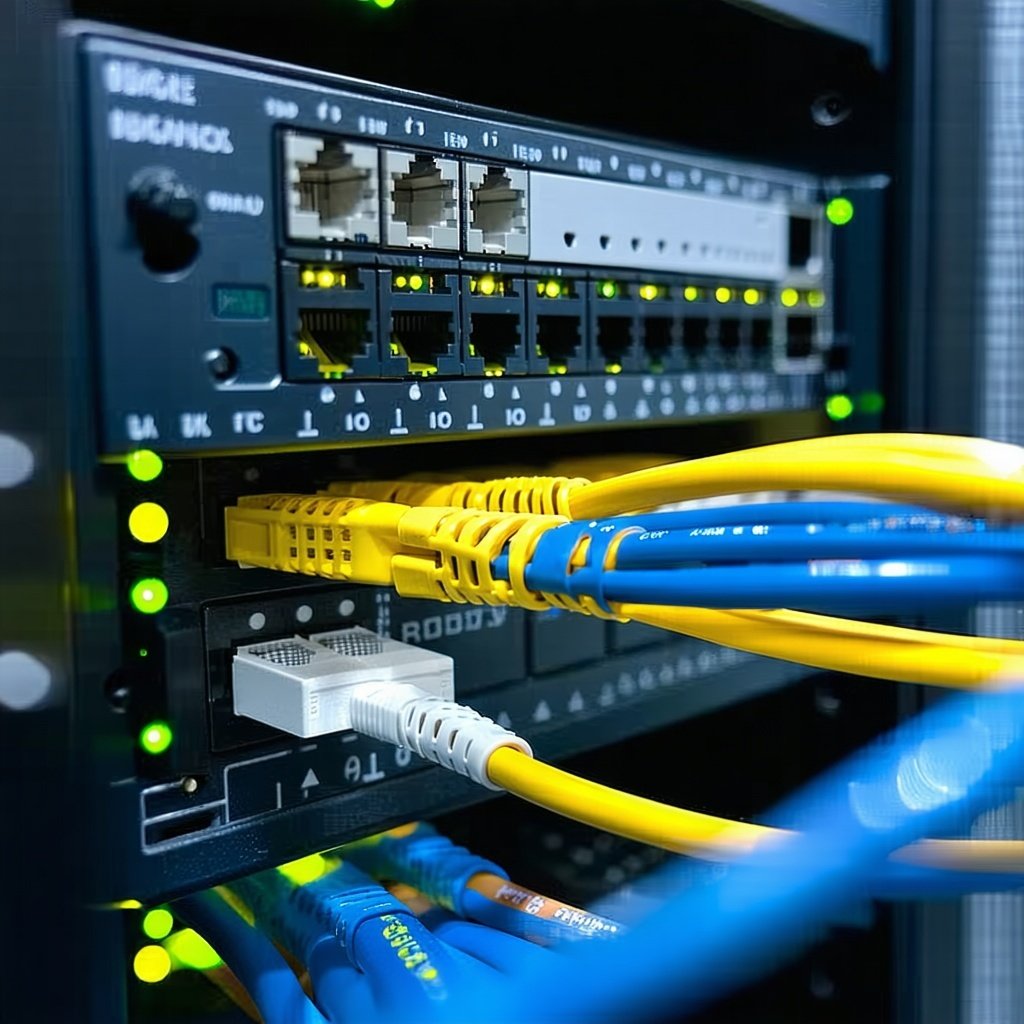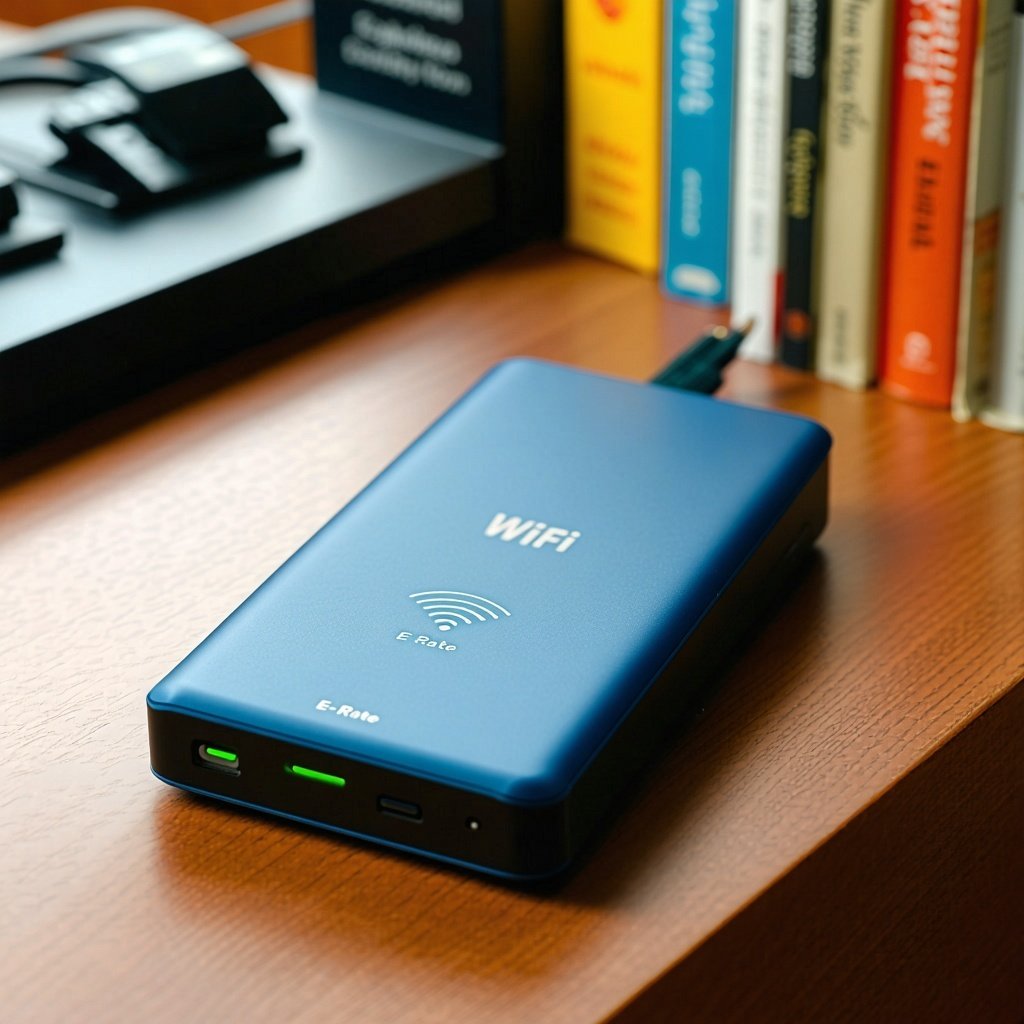Enterprise Guide to Video Retention Policies: Compliance and Best Practices
Video surveillance is a cornerstone of modern enterprise security, but without clear retention policies, organizations risk overspending on storage,...
5 min read
 Tony Ridzyowski
:
Jul 23, 2025 3:12:08 PM
Tony Ridzyowski
:
Jul 23, 2025 3:12:08 PM
Public safety agencies today are stretched thin. Police departments, emergency responders, and city officials face constant pressure to act faster, coordinate better, and make informed decisions in real time. And the risks they face are getting harder to manage. According to Accenture's 2024 Risk Study, 83% of organizations report that new, interrelated threats are appearing at a faster pace than before. Yet, many public sector systems remain outdated, limiting visibility and slowing response during critical incidents.
Public safety technologies are changing that. AI-powered surveillance, real-time analytics, smart sensors, and high-speed networks give agencies the tools they need to stay ahead of threats. These tools require strong infrastructure, and Turn-key Technologies (TTI) helps build that foundation, supporting operations where speed, accuracy, and reliability matter most.
TL;DR:
Public safety technologies enable agencies to reduce response times, enhance coordination, and take action based on real-time data. Turn-key Technologies connects the systems that keep cities safe, from networks to AI tools. This guide demonstrates how public safety technology solutions enable agencies to enhance response times, support law enforcement, and manage safer cities with confidence.
Public safety relies on fast, secure networks. Whether it’s video from surveillance, alerts from sensors, or communication between teams, real-time data only works when the network is functioning properly. Any delay risks a slower emergency response.
Stable wired and wireless networks support critical tools like body-worn cameras, GPS tracking, and computer-aided dispatch. Police and emergency responders need consistent access to records, live feeds, and command updates. That takes infrastructure built for high demand and uninterrupted performance.
Cities use fiber networks, secure Wi-Fi, and 5G to connect their public safety systems. IoT devices and mobile units depend on this backbone to share updates, stream footage, and send alerts. These systems support a range of applications, from drone surveillance to license plate recognition. Shared infrastructure keeps departments aligned. Dispatch, police, and EMS can access the same real-time information. When networks are built for scale, agencies can roll out new technologies, such as analytics and AI, without slowing down operations.
AI-powered surveillance helps police detect threats while they’re happening. Cameras with built-in intelligence flag suspicious behavior, track movement, and trigger alerts for fast response. This helps reduce blind spots during high-risk situations. Public safety teams use these systems during large events, active investigations, and daily patrols. AI improves situational awareness by identifying critical activity, like a weapon drawn, a suspicious vehicle, or a crowd behaving erratically.
TTI recently explored this in depth through a real-world smart camera implementation, highlighting how these technologies deliver faster detection, automated alerts, and improved decision-making in the field.
Analytics tools review footage automatically, tagging people, vehicles, license plates, and other identifiers. Investigators no longer scroll through hours of video surveillance. They search, filter, and review what matters instantly. This improves operational efficiency during investigations. Law enforcement agencies spend less time reviewing footage and more time taking action.
AI learns patterns and flags outliers. It detects people loitering near restricted areas or sudden crowd movement. These early signals help first responders act before an issue escalates. Real-time detection means agencies can prevent incidents, improve response times, and manage safety across wider areas with fewer resources.
Facial recognition and emotion detection help officers assess urgency and stress levels from calls or video feeds. This is especially useful during high call volumes, where prioritizing threats quickly matters. When a suspect’s identity is unknown, AI can still detect traits, behaviors, and emotional cues to narrow leads and support investigations.
Modern surveillance tools include automatic redaction. Faces, license plates, and screen text can be blurred or masked before footage is shared. This helps agencies comply with evidence handling laws while protecting the public’s privacy. Redaction also reduces the workload on staff. Requests for footage can be processed faster without exposing personal details.
Sensors give agencies a live view of citywide risks. Gunshot detection, for example, uses acoustic sensors to identify where shots were fired, often before any 911 call. This leads to faster, more accurate police response. Environmental sensors track gas leaks, water levels, and air quality. In emergencies, this information helps direct resources, protect infrastructure, and warn communities.
License plate readers help manage traffic and track suspect vehicles in real time. Biometric scanners verify identity using fingerprints, facial features, or voice. Public safety teams use this data to find suspects, secure facilities, and control access. Together, these technologies speed up investigations and give officers the data needed to act confidently in the field.
Smart street lighting systems adjust brightness based on movement and time of day. Some include cameras and motion sensors to support patrol and discourage crime. Smart grids keep city services online. They detect power disruptions early, alert leadership, and prevent bigger outages. For critical infrastructure, this stability supports uninterrupted public safety operations.
Public safety networks hold sensitive data. If breached, agencies lose access to dispatch systems, video feeds, and investigative records. This risks lives, erodes trust, and disrupts essential services. Law enforcement agencies face constant threats, from ransomware to unauthorized access. Without cybersecurity, the systems that protect the public become liabilities.
Cybersecurity includes firewalls, access controls, encryption, and active monitoring. Agencies must know who’s accessing systems and what they’re doing with that access. Data also needs protection in storage and while in transit. Video, dispatch logs, and reports must be secured from manipulation or leaks.
A secure platform protects more than data—it preserves credibility. Public safety depends on trust, especially when using advanced surveillance and AI. Compliance with legal standards also matters. Cities must follow federal, state, and local rules on privacy and disclosure. Strong cybersecurity supports both operational resilience and legal accountability.
Disconnected tools create gaps. Public safety technologies need to work together, combining data from sensors, dispatch, drones, video, and more. Integrated platforms give agencies one view of the situation. Officers, fire teams, EMS, and dispatch share real-time data instead of working in silos.
Real-Time Crime Centers collect data from body-worn cameras, drones, ALPRs, CAD systems, and other sources. Teams inside monitor events as they unfold and coordinate live with field units. These centers are essential for managing large public events and critical incidents. They help agencies collaborate and act on facts, not assumptions.
AI and analytics platforms help agencies make sense of overwhelming data. They identify patterns, track movement, and prioritize alerts. Instead of wasting time digging for information, officers get a clear picture in seconds. These systems also help with documentation, reporting, and strategic planning.
Turn-key Technologies connects the systems that power public safety, from network design to video surveillance and dispatch. Their public safety technology solutions are built to scale and designed for nonstop performance, helping agencies stay ahead of threats and reduce response times.
TTI equips police and emergency response teams with tools that detect threats, automate analysis, and support real-time coordination. From AI-powered cameras to license plate recognition and mobile sensors, these solutions help agencies act on accurate data, not guesswork.
Public safety is changing. Future-ready cities need flexible platforms, protected networks, and data they can act on. TTI works with public safety leaders to build systems that adapt, scale, and integrate, backed by strong cybersecurity and analytics. If your current tools slow you down, TTI can help you upgrade. Request a demo to see how public safety technology solutions can work better for your agency.

Tony Ridzyowski leads the Inside Sales Team at Turn-key Technologies, where he also supports marketing, partner relations, training, event planning, and CRM initiatives. With 20+ years of experience and multiple certifications in networking, wireless, and cybersecurity, Tony brings deep expertise to every project. Since joining TTI in 2014, he has earned recognition as a top producer and Presidents Club member. His career also includes roles in the network cabling industry and with Fortune 500 companies such as Wells Fargo and Countrywide Home Loans.

Video surveillance is a cornerstone of modern enterprise security, but without clear retention policies, organizations risk overspending on storage,...

1 min read
The Federal Communications Commission (FCC) has released new E-rate guidelines for the upcoming five-year category 2 budget cycle, and it’s good news...

1 min read
Is your library missing out on e-rate broadband funding? K-12 schools and public libraries are essential providers of internet access and digital...